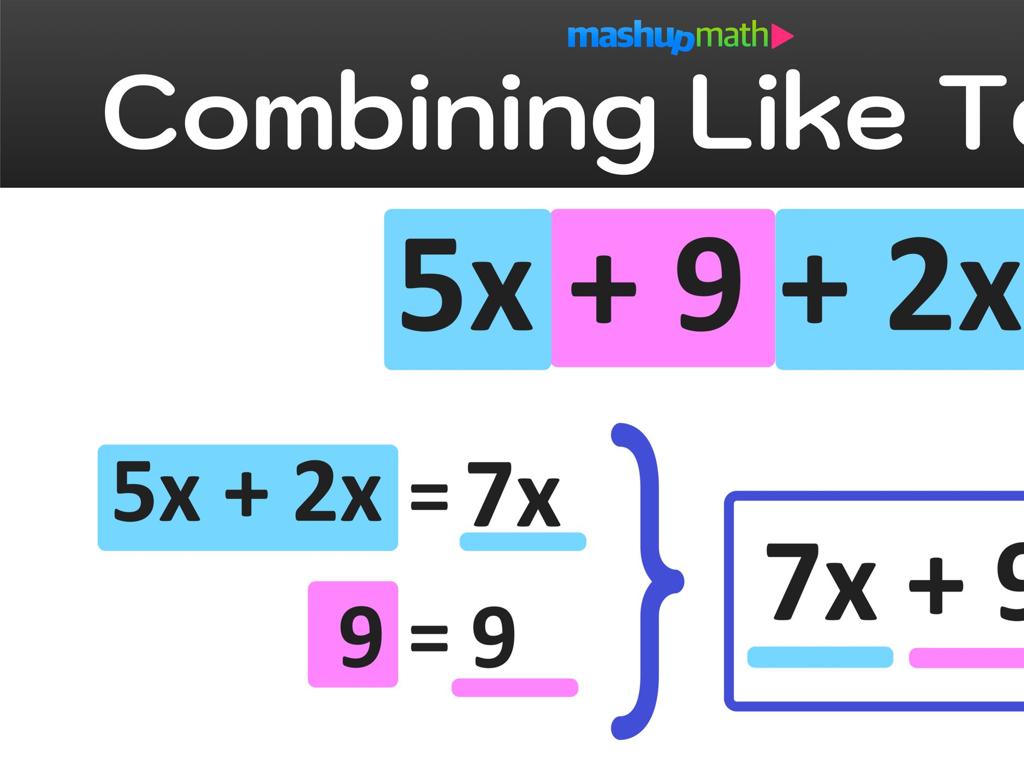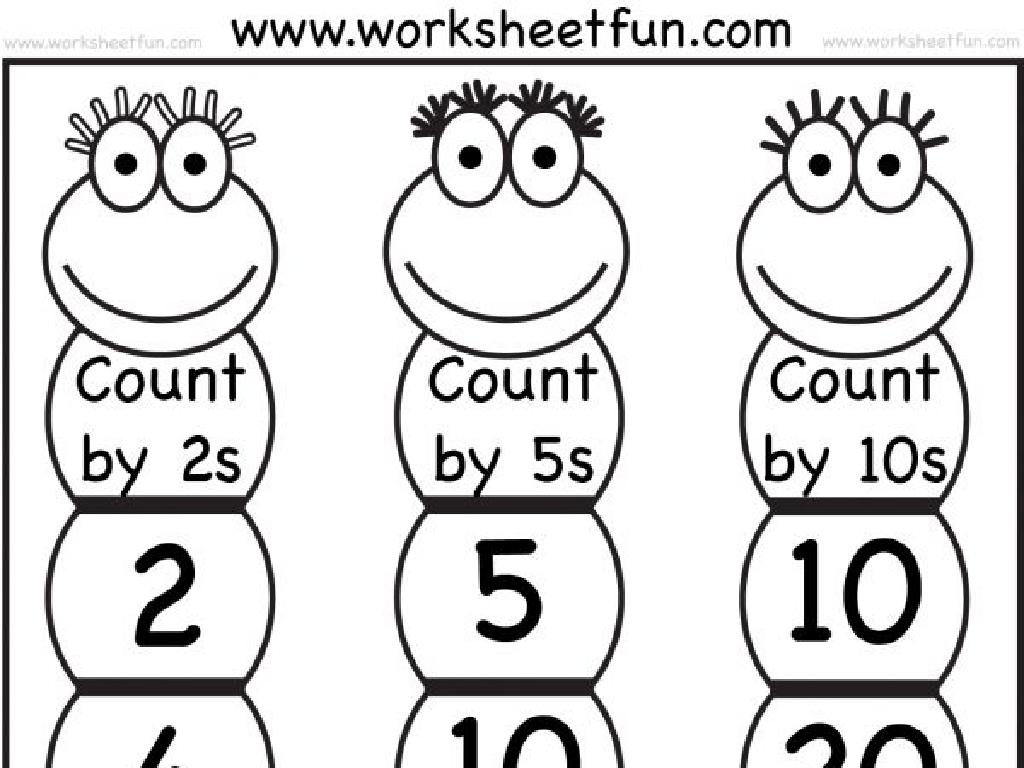Teacher Resources
Subject: Science
Grade: High school
Topic: Physcis
Please LOG IN to download the presentation. Access is available to registered users only.
View More Content
Leveraging Teacher Resources in Physics
– Importance of teacher resources
– Resources provide support and enrich the teaching process.
– Types of physics resources
– Textbooks, simulations, videos, and lab equipment.
– Using resources effectively
– Integrate resources with curriculum objectives.
– Enhancing student learning
– Engage students and clarify complex concepts.
|
This slide introduces the concept of teacher resources in the context of high school physics and underscores their significance in the educational process. Teacher resources encompass a variety of materials and tools that can be used to support and enhance instruction. These include traditional resources like textbooks and lab equipment, as well as modern resources such as interactive simulations and educational videos. The effective use of these resources involves aligning them with learning objectives and employing them in a way that maximizes student engagement and understanding. For instance, simulations can be used to visualize and interact with physics concepts that are difficult to observe in the real world, while hands-on lab activities can reinforce theoretical knowledge through practical application. The goal is to provide a diverse and stimulating learning environment that caters to different learning styles and helps students grasp challenging physics concepts.
Physics Teacher Resources Overview
– Utilize textbooks for foundational knowledge
– Textbooks provide structured content and problems for practice
– Explore educational websites for additional learning
– Websites like Khan Academy offer topic-specific tutorials
– Engage with simulations and videos
– Tools like PhET Interactive Simulations visualize concepts
– Implement lab equipment in experiments
– Hands-on experiments with lab equipment solidify understanding
|
This slide aims to introduce high school physics teachers to a variety of resources that can enhance their teaching and provide students with a comprehensive understanding of physics. Textbooks remain a staple for delivering structured content and practice problems. Educational websites and online platforms can supplement textbooks with interactive tutorials and up-to-date information. Interactive simulations and videos can make abstract concepts more tangible, and laboratory equipment is crucial for students to apply theory through hands-on experiments. Encourage teachers to integrate these resources into their lesson plans to cater to different learning styles and to keep students engaged.
Leveraging Physics Textbooks Effectively
– Navigate physics textbooks
– Use index and glossary for quick reference, understand diagrams and summaries.
– Analyze theories and concepts
– Question and evaluate the validity of physics theories, relate to real-world phenomena.
– Engage with textbook activities
– Utilize end-of-chapter questions to reinforce learning, collaborate in study groups.
– Practice with problem sets
– Solve problems regularly to build proficiency, seek diverse problem types.
|
This slide aims to guide students on how to effectively use their physics textbooks as a resource. It’s crucial to familiarize them with navigating through chapters, using the index and glossary, and understanding the importance of diagrams and summaries. Encourage critical thinking by having them analyze and question the theories and concepts presented, and relate them to real-world applications. Highlight the value of textbook activities and problem sets in reinforcing their understanding of the material. Regular practice with diverse problem types will help build their proficiency in physics. Provide examples of how to approach complex problems and suggest forming study groups for collaborative learning.
Leveraging Online Resources in Physics
– Find credible Physics resources
– Seek websites with educational accreditation or expert authorship.
– Use multimedia in lessons
– Videos and simulations can enhance conceptual understanding.
– Implement online quizzes
– Online quizzes provide a dynamic way to assess learning.
– Benefit from instant feedback
– Immediate feedback helps students identify areas for improvement quickly.
|
This slide aims to guide teachers on how to effectively use online resources to enrich high school physics lessons. Teachers should evaluate the credibility of online resources, looking for those that are recommended by educational institutions or authored by recognized experts in the field. Incorporating multimedia elements such as instructional videos, animations, and interactive simulations can cater to different learning styles and make abstract concepts more tangible. Utilizing online quizzes and assessments allows for immediate feedback, which is crucial for the learning process, enabling students to quickly understand their mistakes and grasp complex physics concepts. Teachers can adapt these tools to fit their curriculum and enhance the overall learning experience.
Enhancing Physics Education with Multimedia
– Simulations clarify complex concepts
– Simulations provide a dynamic way to visualize and manipulate variables in complex systems.
– Videos showcase real-world physics
– Videos help connect abstract physics principles to everyday experiences.
– Interactive elements for active learning
– Interactive simulations and quizzes can increase student engagement and retention.
– Multimedia as a teaching tool
|
This slide emphasizes the importance of incorporating multimedia resources such as simulations and videos into physics education. Simulations can help students understand complex concepts by allowing them to visualize and interact with the principles at play. Videos are excellent for demonstrating how physics is applied in the real world, making the subject more relatable and easier to grasp. Interactive elements, such as quizzes and interactive simulations, can significantly enhance student engagement and active learning. As a teacher, consider integrating these tools into your lesson plans to provide a more comprehensive learning experience. Encourage students to explore these resources and discuss how they help improve their understanding of the material.
Hands-On Laboratory Experiments
– Emphasize lab safety protocols
– Use of PPE, understanding MSDS, and emergency procedures
– Guide to designing experiments
– Formulating a hypothesis, controlling variables, and creating a procedure
– Techniques for analyzing data
– Collecting accurate measurements, using statistical tools, and interpreting results
– Steps for drawing conclusions
– Reviewing data, considering errors, and summarizing findings
|
This slide is aimed at preparing students for hands-on laboratory experiments in high school physics. Start by reinforcing the importance of safety and proper preparation, including the use of personal protective equipment (PPE), understanding Material Safety Data Sheets (MSDS), and knowing the lab’s emergency procedures. Next, guide students through the process of designing an experiment, from formulating a testable hypothesis to controlling variables and detailing a step-by-step procedure. Discuss techniques for data collection, including accuracy and precision, and introduce basic statistical tools for data analysis. Finally, teach students how to draw meaningful conclusions from their experiments by reviewing their data, considering potential errors, and effectively summarizing their findings. Provide examples of each step and encourage students to apply these methods in their upcoming laboratory sessions.
Integrating Resources into Physics Lesson Plans
– Develop a cohesive lesson plan
– A plan that logically connects objectives, activities, and assessments
– Balance various resource types
– Use a mix of textbooks, videos, experiments, and simulations
– Tailor resources for your class
– Adapt materials to suit different learning styles and paces
– Ensure flexibility in teaching
– Be prepared to modify plans based on class understanding and feedback
|
When creating a lesson plan for high school physics, it’s crucial to develop a cohesive structure that aligns learning objectives with educational resources and assessment methods. Teachers should strive for a balance between traditional resources like textbooks and innovative tools such as interactive simulations. Customization of resources is key to addressing the diverse needs of a classroom, ensuring that materials cater to various learning styles and proficiency levels. Flexibility is also essential; be ready to adjust the lesson plan in response to student feedback and comprehension levels. This approach helps create an engaging and effective learning environment that can accommodate the dynamic nature of a high school science class.
Class Activity: Exploring Physics Resources
– Divide into groups for research
– Assign each group a resource type
– Explore and prepare a presentation
– Use online databases, textbooks, or lab equipment as resources
– Discuss advantages and challenges
– Consider accessibility, accuracy, and engagement level
|
This activity is designed to engage students in collaborative learning and critical thinking about various educational resources available for physics. By dividing the class into groups, each group will focus on a specific type of resource, such as online databases, physical textbooks, interactive simulations, or laboratory equipment. After a period of exploration, each group will present their findings to the class, highlighting key aspects of the resource they investigated. The class will then engage in a discussion about the advantages and challenges associated with each type of resource, considering factors such as ease of access, reliability of information, and potential for student engagement. This activity not only familiarizes students with the resources but also develops their presentation skills and ability to evaluate educational tools critically.






